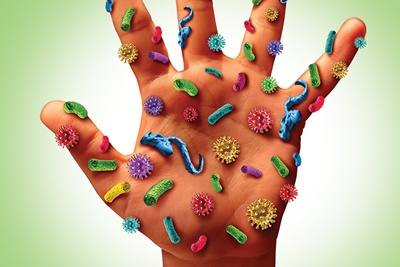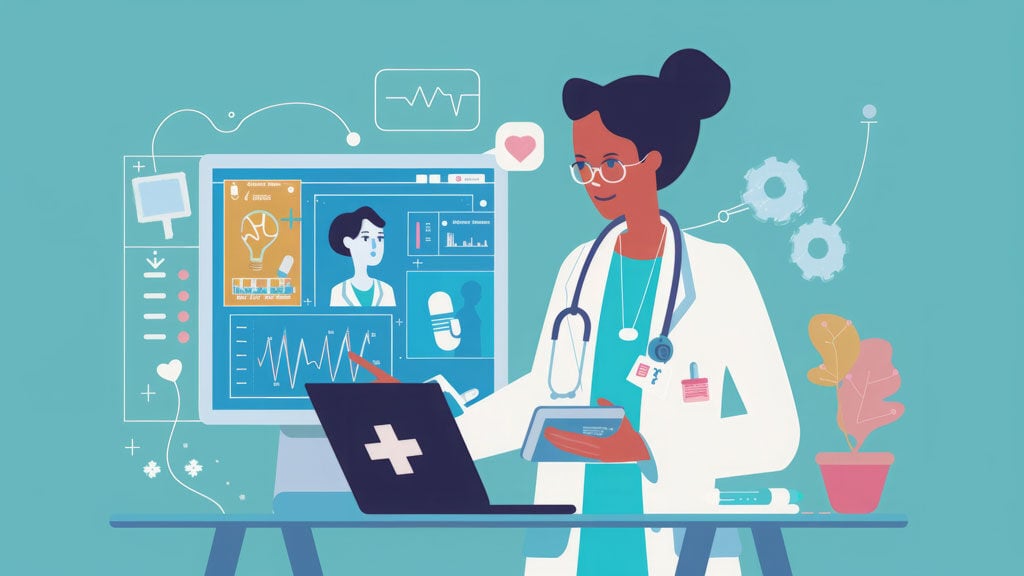“. . . some doctors were offended . . .at the suggestion that they should wash their hands.” Source: https://en.wikipedia.org/wiki/Ignaz_Semmelweis
Ignaz Philipp Semmelweis was a Hungarian physician, known as a pioneer of antiseptic procedures. He was described as the "savior of mothers" because he discovered that the “child bed fever” (puerperal fever) could be drastically reduced by using hand disinfection in obstetrical clinics. In 1847, while working in Vienna General Hospital’s Obstetrical Clinic, Semmelweis proposed the practice of washing hands with chlorinated lime solutions. This was eventually proven when “doctor’s wards" had three times the mortality of midwives’ wards.

Today, Hospital Acquired Infections (HAI) are still a problem!
An update from The Joint Commission reads: “Effective January 1, 2018, for all accreditation programs, any observation by surveyors of individual failure to perform hand hygiene in the process of direct patient care will be cited as a deficiency resulting in a Requirement for Improvement (RFI) under Infection Prevention and Control (IC) Standard IC.02.01.01, EP 2” Source: Joint Commission Requirement
Is there a solution? Better yet, how about an automated solution?
It has been said, “What is inspected will give you a better result than what is expected.” Several, leading edge, hospitals have discovered the value of using electronic hand hygiene monitoring. This approach offers improved compliance reporting and can provide an ongoing education for the staff, as the system can be configured to alert/notify them, prior to the next patient contact, of a missed opportunity to wash. Note: Hawthorne Effect (the alteration of behavior by the subjects of a study due to their awareness of being observed).
How would the system be configured in your hospital?
Sensors in your hand hygiene dispensers would interact with badging worn by the staff. The RTLS (Real Time Location System) software would recognize the arrival, time spent and departure of the staff from the sanitizing station. It would also recognize the path of travel from one patient room to another and provide an alert if hand hygiene was not performed before an interaction with the next patient to ensure that hospital protocol is followed.
I invite you to go to www.Innovative-Medical.com to see how we can help you prepare for automating Hand Hygiene. Our company byline states, “In the hospital . . . we make it all work together.” Good decisions begin with good information.
Let me know how we can help.


